
High-Efficiency Photovoltaics: Turning Sunlight into More Power
Chosen theme: High-Efficiency Photovoltaics. Explore the breakthroughs, ideas, and real-world stories behind getting more watts from every ray. Enjoy the journey, ask questions, and subscribe to follow our ongoing high-efficiency solar adventures.

Higher conversion efficiency reduces land use, racking, cabling, and labor per delivered kilowatt-hour. That compounds into lower levelized cost of energy and simpler logistics, often tipping difficult projects from almost feasible to bankable.

Photons get lost to reflection, recombination, and thermalization. High-efficiency designs battle these losses with superior passivation, optimized bandgaps, and light trapping, converting more useful carriers instead of letting precious energy drift away as heat.
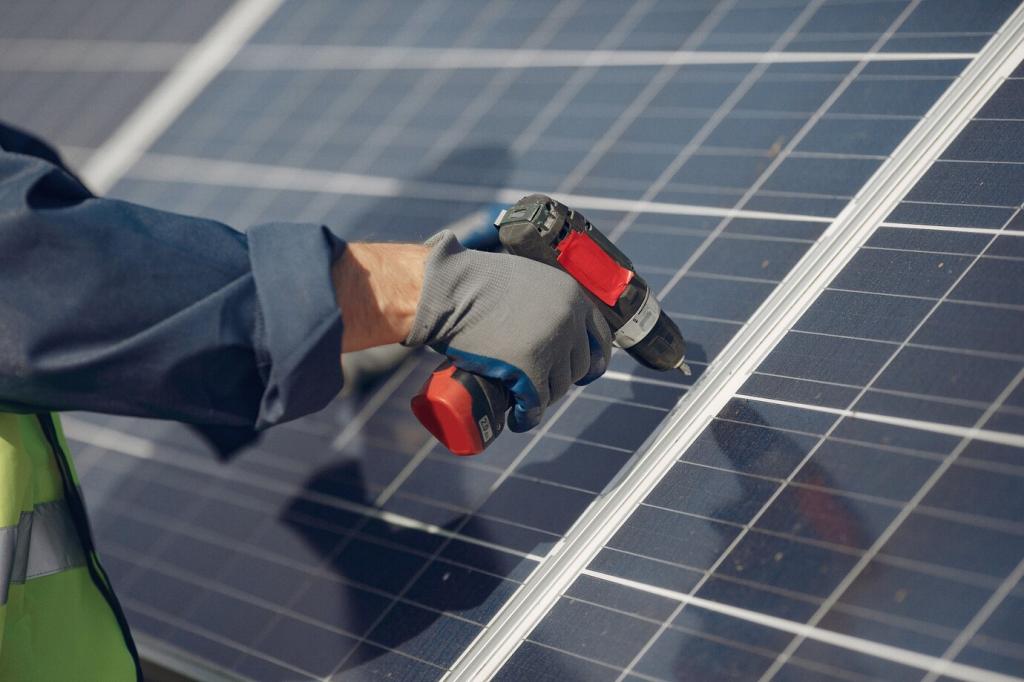
A grower upgraded to higher-efficiency, better-coated modules on the same racks. With reduced soiling losses and stronger low-light response, harvest pumps ran longer each evening. Share your own field wins—we feature standout stories in future posts.
Cell Architectures Pushing the Limit
HJT blends crystalline silicon with thin amorphous layers to achieve gentle, low-temperature processing and exceptional passivation. The result: strong temperature coefficients, excellent bifaciality, and graceful performance in real-world heat and haze.
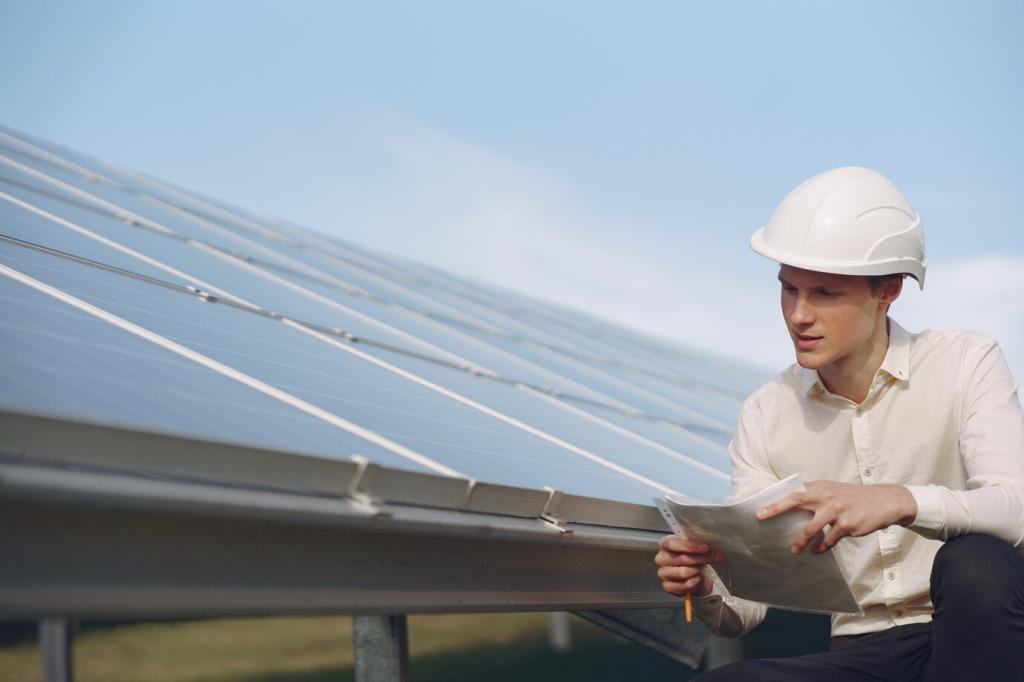
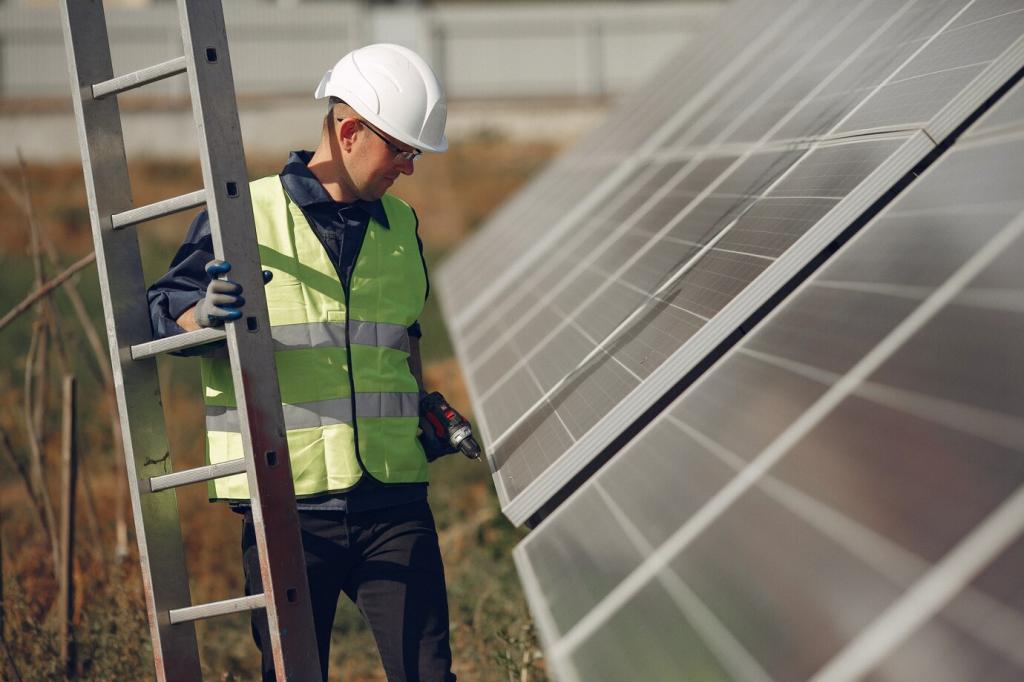
Cell Architectures Pushing the Limit
Tunnel-oxide passivated contacts slash recombination at crucial interfaces, while interdigitated back contact designs remove front shading. Together, they preserve photogenerated carriers and squeeze more current from the same sunlight and footprint.
Light Management: Guiding Photons Where They Count
Texturing and Nanostructures
From pyramid texturing to advanced nano-patterns, surface features reduce reflection and steer light into longer optical paths. That increases absorption without thicker wafers, balancing mechanical strength, cost, and remarkable optical gains.
Anti-Reflective and Anti-Soiling Coatings
Durable multilayer stacks cut reflective losses, while hydrophobic or oleophobic top layers deflect dust and grime. Fewer cleaning cycles and steadier performance amplify efficiency benefits where water is scarce or maintenance windows are tight.
Back Reflectors and Bifacial Boosts
Thoughtful rear-side engineering reflects missed photons back into the absorber and captures ground-reflected albedo. With the right site albedo and tracker height, bifacial systems achieve real, measurable energy bonuses across long operating years.
Reliability Meets Performance: Efficiency That Endures
Light-induced degradation, light and elevated temperature induced degradation, and potential-induced degradation can sap output. Robust passivation, smart strings, and better encapsulation strategies defend long-term performance in harsh, variable environments.

String Sizing and MPPT Harmony
Higher voltage windows and multiple maximum power point trackers minimize mismatch and clipping. Thoughtful string lengths and inverter pairings help high-efficiency modules stretch their legs in cool mornings and scorching midsummer peaks.
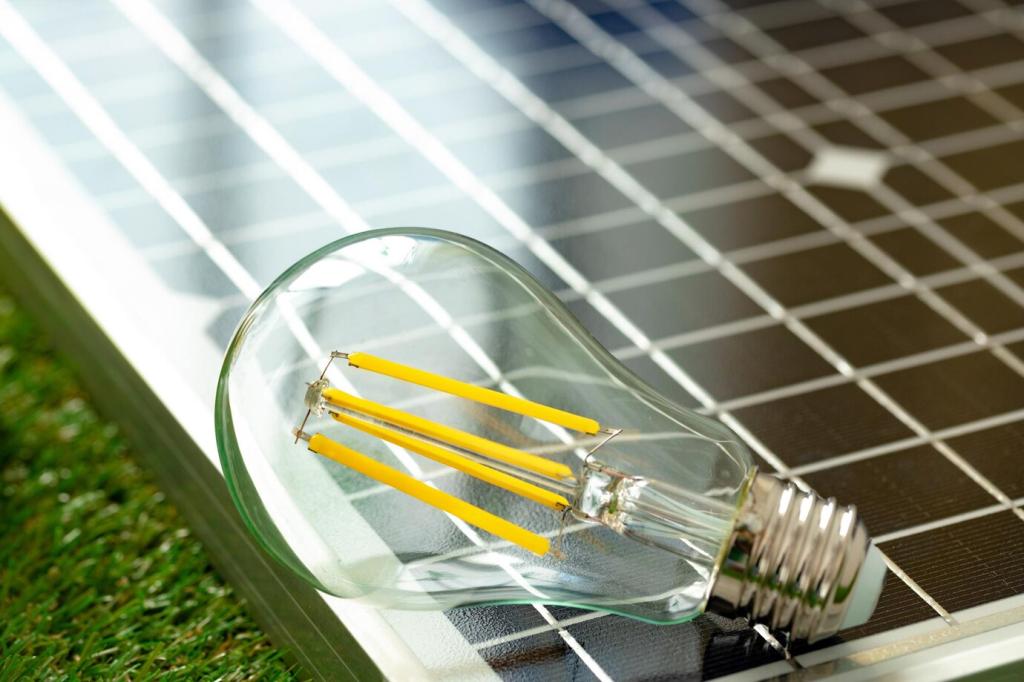
Thermal Management in the Real World
Even efficient cells lose performance as temperatures rise. Spacing, rear ventilation, and reflective ground treatments can shave operating temperatures, protecting output during long, hot afternoons when demand is often at its highest.
Manufacturing Pathways that Scale Efficiency
High-resolution photoluminescence, electroluminescence, and lifetime mapping catch tiny defects early. Feedback loops tune deposition, texturing, and anneals, pushing yields up while preserving delicate surfaces essential to strong passivation.
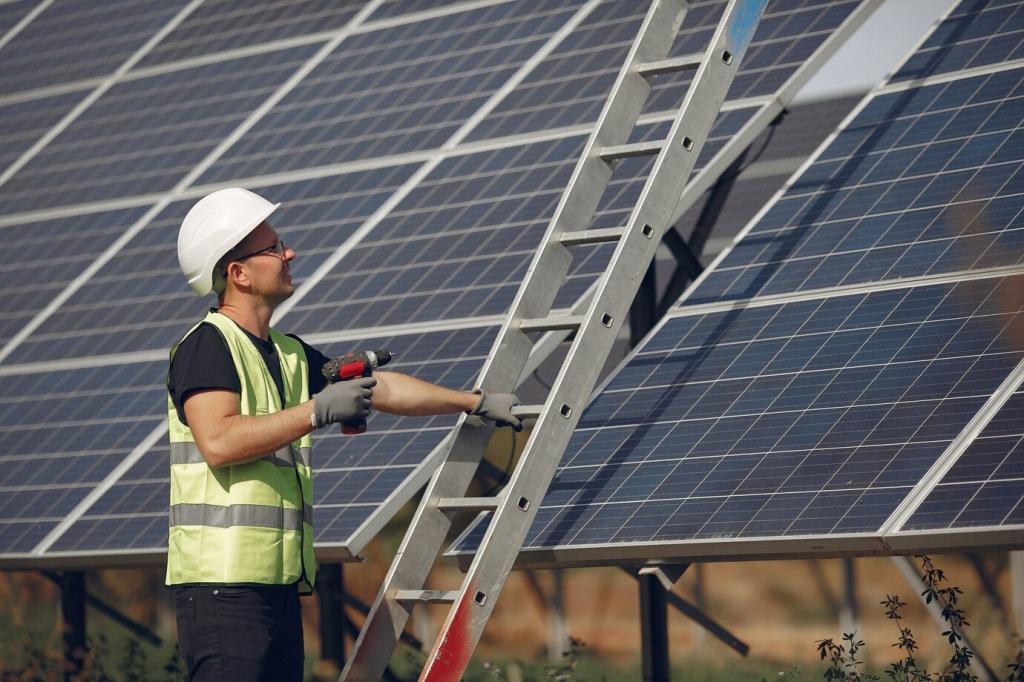
Data, AI, and Digital Twins for Peak Output
01
Site-specific irradiance, spectral shifts, and temperature profiles feed models that predict real yield, not lab dreams. Calibrated weather data and soiling factors help close the gap between nameplate and delivered energy across seasons.
02
Machine learning flags underperforming strings, hotspot trends, and slow inverter drifts. Early interventions protect highly efficient arrays from cascading losses, maintaining fleetwide health without excess truck rolls or unnecessary part swaps.
03
Shared datasets enable meaningful comparisons across climates and designs. Contribute your anonymized performance records, and we will publish insights that help everyone deploy high-efficiency photovoltaics more confidently and transparently.
What’s Next: Research, Bankability, and Policy
Scaling tandems demands stable interfaces, robust sealing, and predictable supply chains. The most credible paths build on existing silicon infrastructure while introducing careful upgrades that de-risk each manufacturing milestone.
What’s Next: Research, Bankability, and Policy
Third-party testing, bankable warranties, and transparent field data make efficiency advances investable. When performance curves match models across sites, capital flows faster, accelerating adoption and compounding climate benefits sooner.
What’s Next: Research, Bankability, and Policy
Updated safety codes, recycling pathways, and material stewardship ensure progress scales responsibly. Policy that rewards durable efficiency—rather than only upfront watts—aligns incentives with lifetime energy and environmental impact.
